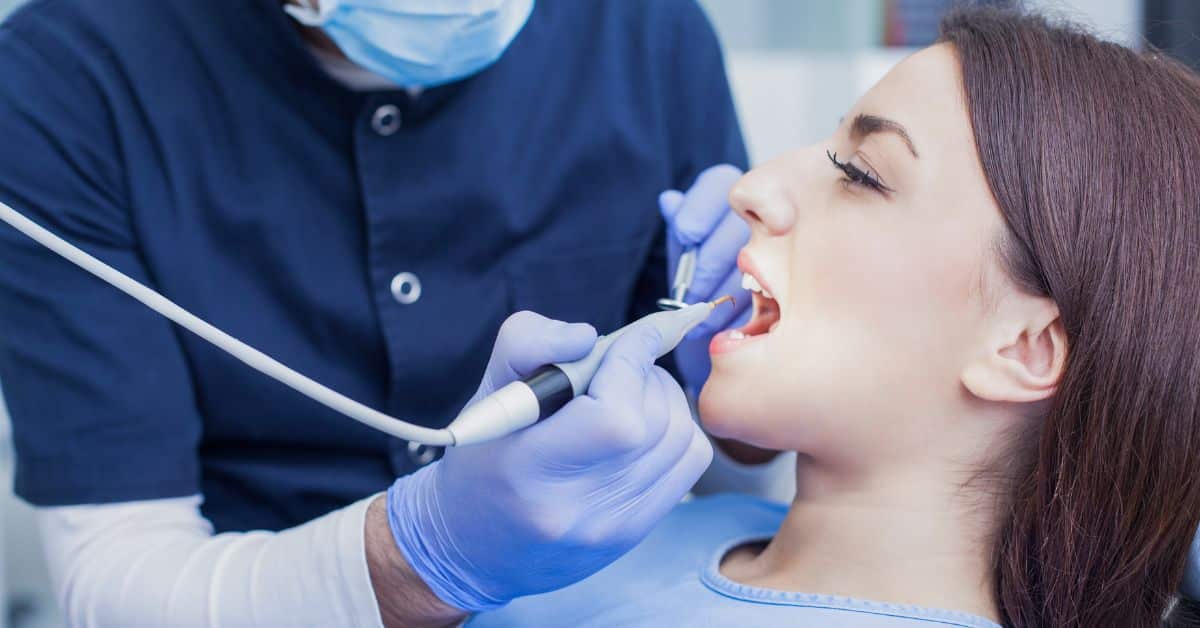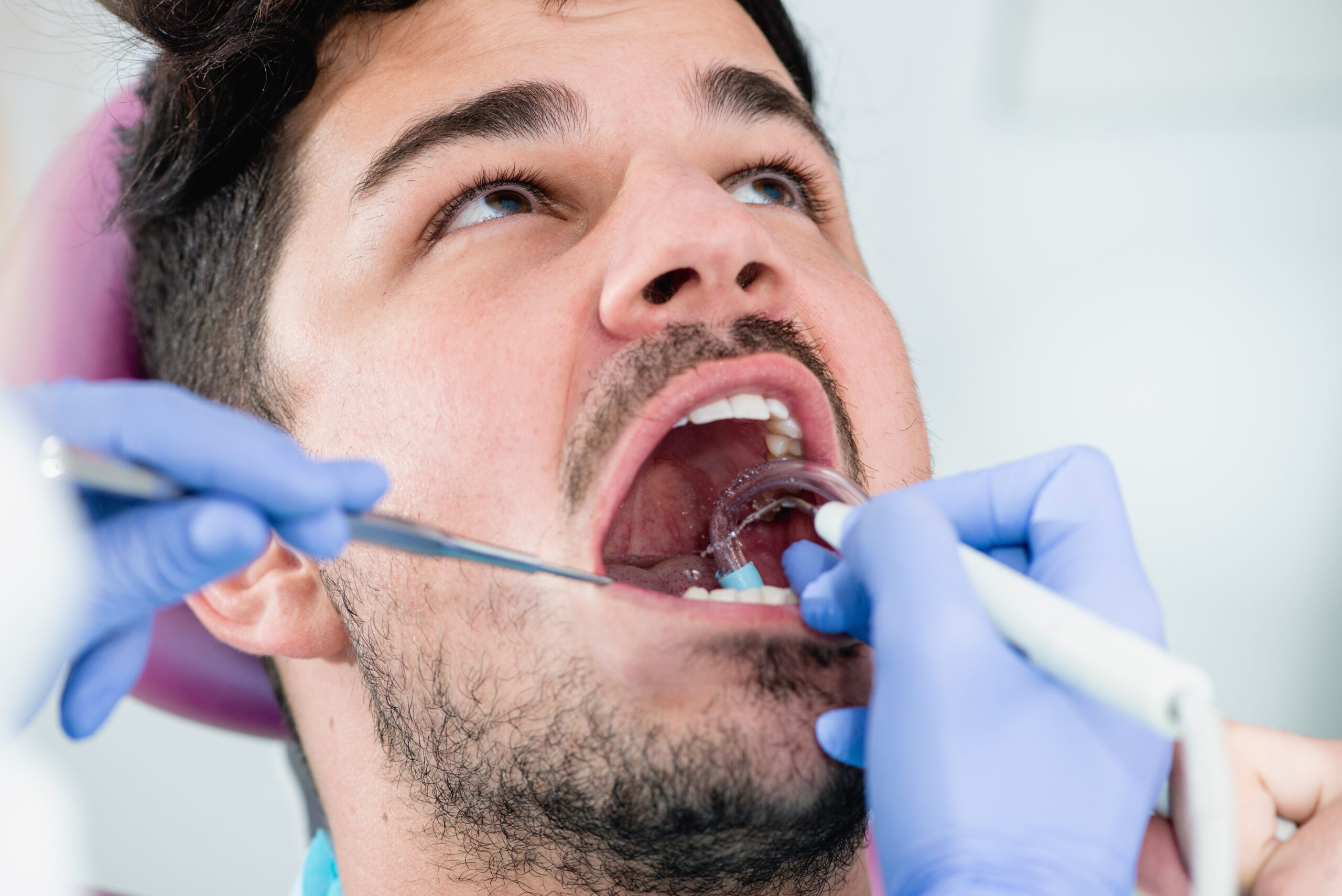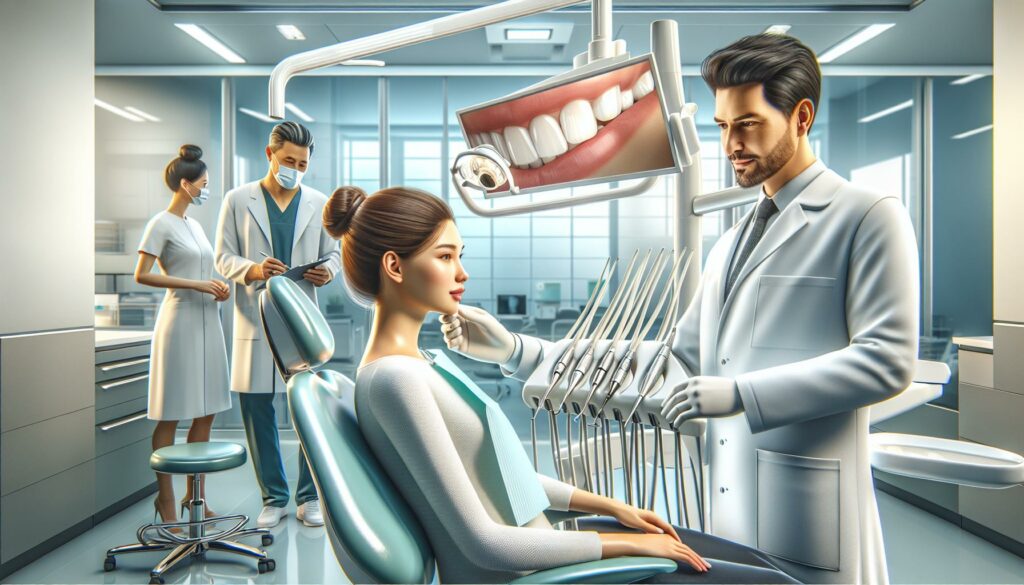Dentists recommend that people have their teeth professionally cleaned twice a year. A dental cleaning is a procedure that removes plaque, tartar, and stains from the teeth. It is an important part of maintaining good oral health.
During a dental cleaning, a dental hygienist or dentist will use special tools to remove plaque and tartar from the teeth. They may also polish the teeth to remove surface stains. The cleaning process usually takes about 30 minutes to an hour and is painless. It is important to have regular dental cleanings to prevent gum disease, cavities, and other dental problems.
Overall, dental cleanings are a routine part of maintaining good oral health. They are an important way to prevent dental problems and keep your teeth looking and feeling their best. If you have not had a dental cleaning in over six months, it is recommended that you schedule an appointment with your dentist or dental hygienist.
The Importance of Teeth Cleaning
Good dental hygiene is essential for maintaining oral health, and regular teeth cleaning is a vital component of dental care. According to the American Dental Association, professional teeth cleaning should be done at least twice a year to maintain optimal oral health.
Teeth cleaning involves the removal of plaque, tartar, and other harmful substances that can accumulate on teeth over time. Plaque is a sticky film that forms on teeth and contains bacteria that can cause tooth decay and gum disease. Tartar, on the other hand, is a hard deposit that forms when plaque is left on teeth for too long.
Regular teeth cleaning can help prevent tooth decay and gum disease, which can lead to more serious dental problems if left untreated. Additionally, teeth cleaning can help improve the overall appearance of teeth by removing surface stains and discoloration.
Dentists use a variety of tools and techniques to clean teeth, including scaling, polishing, and fluoride treatments. Scaling involves the use of a special tool to remove plaque and tartar from teeth, while polishing helps to remove surface stains and make teeth look brighter and shinier. Fluoride treatments are used to strengthen tooth enamel and help prevent tooth decay.
In addition to professional teeth cleaning, good dental hygiene practices such as brushing and flossing regularly can help maintain oral health between dental visits. It is recommended to brush teeth twice a day with fluoride toothpaste and floss at least once a day to remove food particles and plaque from between teeth.
Overall, regular teeth cleaning is an essential part of good dental hygiene and can help prevent a wide range of dental problems. By maintaining optimal oral health, individuals can enjoy a brighter, healthier smile and avoid more serious dental problems down the line.
Understanding Plaque and Tartar
Dental plaque is a sticky film of bacteria that forms on teeth. It can lead to tooth decay and gum disease if not removed regularly. Plaque buildup is caused by eating sugary and starchy foods, which are converted into acids by bacteria in the mouth. These acids can erode tooth enamel and cause cavities.
Tartar, also known as dental calculus, is hardened plaque that has not been removed from teeth. Tartar buildup is more difficult to remove than plaque and can only be removed by a dental professional. Tartar can cause gum disease, which can lead to tooth loss if left untreated.
Bacteria are the main cause of plaque and tartar buildup. The bacteria in plaque produce acids that can damage tooth enamel and cause cavities. Bacteria can also cause inflammation of the gums, which can lead to gum disease.
Regular brushing and flossing can help prevent plaque buildup. Brushing twice a day with fluoride toothpaste and flossing once a day can remove plaque from teeth. However, if plaque is not removed, it can harden into tartar, which can only be removed by a dental professional.
In summary, understanding plaque and tartar is essential for maintaining good oral health. Plaque is a sticky film of bacteria that can cause tooth decay and gum disease if not removed regularly. Tartar is hardened plaque that can only be removed by a dental professional. Bacteria are the main cause of plaque and tartar buildup and can cause damage to tooth enamel and gums. Regular brushing and flossing can help prevent plaque buildup and maintain good oral health.
Role of a Dental Hygienist

A dental hygienist is a licensed oral health professional who works with a dentist to provide preventive and therapeutic care for patients. Dental hygienists are trained to clean teeth, take x-rays, and provide education to patients on proper oral hygiene techniques.
The role of a dental hygienist is critical in maintaining good oral health. They play a vital role in preventing and treating gum disease, which is a common problem for many people. They also work to prevent tooth decay and cavities by removing plaque and tartar from teeth.
Dental hygienists use a variety of tools and techniques to clean teeth. They may use a scaler to remove plaque and tartar buildup, a polisher to remove surface stains, and floss to clean between teeth. They may also apply fluoride treatments to strengthen tooth enamel and prevent decay.
In addition to cleaning teeth, dental hygienists also perform oral cancer screenings and take x-rays to help dentists diagnose problems. They may also provide education to patients on proper oral hygiene techniques, such as brushing and flossing.
Overall, dental hygienists play a vital role in maintaining good oral health. They work closely with dentists to provide preventive and therapeutic care for patients, and they play a critical role in preventing and treating gum disease, tooth decay, and other oral health problems.
Steps in Teeth Cleaning Process
Teeth cleaning is an essential dental procedure that involves removing plaque, tartar, and stains from the teeth. The process is usually performed by a dental hygienist or a dentist. Here are the steps involved in teeth cleaning:
Initial Examination
Before the cleaning process begins, the dentist or dental hygienist will perform an initial examination of your mouth. They will check for any signs of gum disease, cavities, or other oral health issues. They may also take x-rays to get a better view of your teeth and jawbone.
Scaling
Scaling is the process of removing plaque and tartar from the teeth. The dental hygienist will use a scaler to scrape off the plaque and tartar from the teeth and gum line. They may also use an ultrasonic scaler that uses high-frequency vibrations to loosen and remove the plaque and tartar.
Polishing
After scaling, the dental hygienist will polish your teeth. They will use a special toothpaste and a polishing tool to remove any remaining stains and plaque. The polishing process will leave your teeth smooth and shiny.
Fluoride Treatment
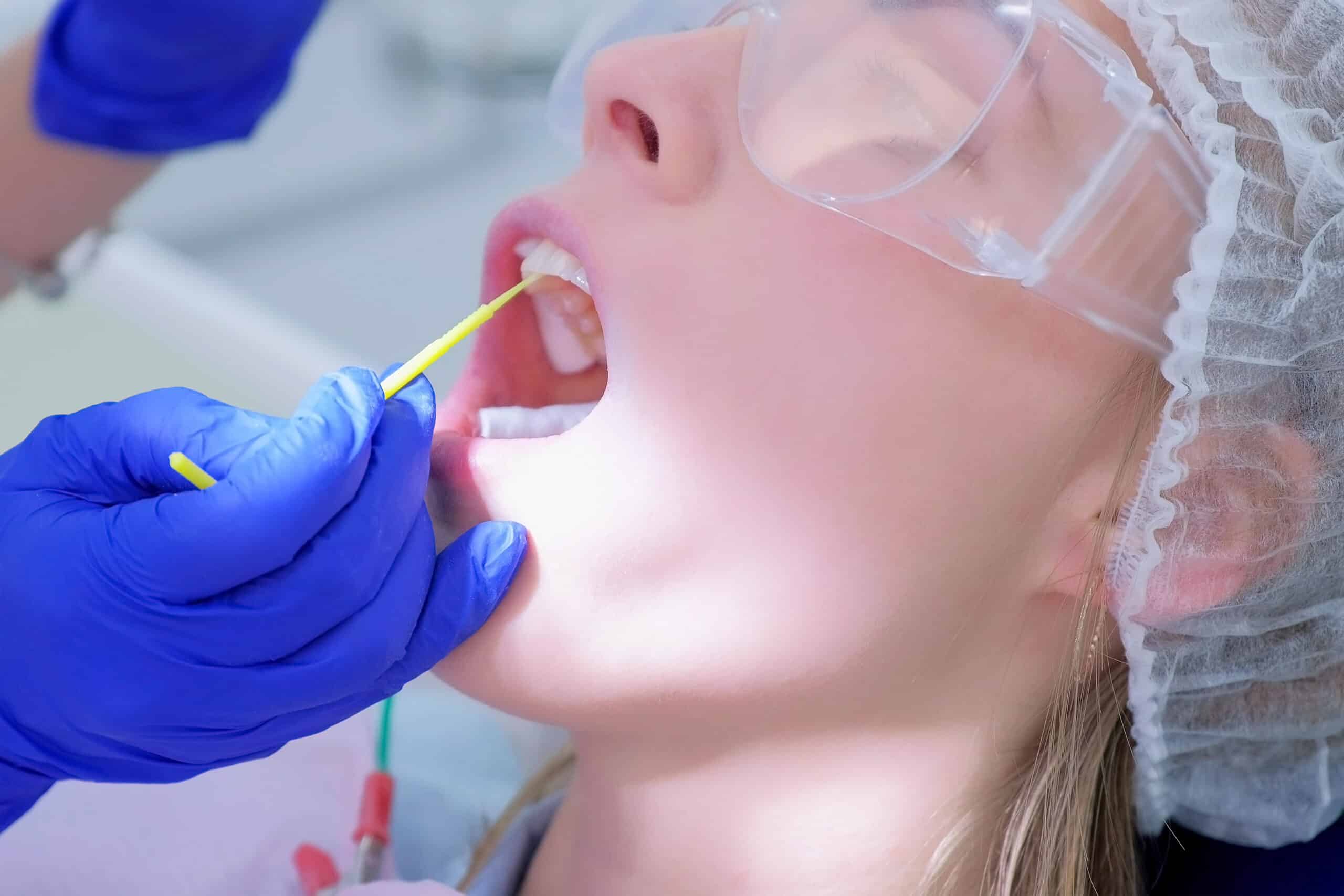
The final step in teeth cleaning is fluoride treatment. The dental hygienist will apply fluoride gel or foam to your teeth to help strengthen the enamel and prevent cavities. The fluoride treatment is usually left on your teeth for a few minutes before it is rinsed off.
Overall, teeth cleaning is a simple and painless procedure that can help keep your teeth and gums healthy. Regular teeth cleaning is recommended every six months to maintain good oral health.
Deep Teeth Cleaning and Root Planing
Deep teeth cleaning, also known as scaling and root planing, is a dental procedure that involves removing plaque and tartar buildup from the teeth and gums. This procedure is typically recommended for patients with periodontitis, a severe form of gum disease that can cause tooth loss if left untreated.
During the procedure, the dentist or dental hygienist will use special tools to remove the buildup of plaque and tartar from the teeth and gums. This process can take several appointments, depending on the severity of the condition.
Root planing is a procedure that is often done in conjunction with deep teeth cleaning. It involves smoothing out the roots of the teeth to remove any rough spots that may be harboring bacteria. This can help to prevent further damage to the gums and teeth.
Patients who undergo deep teeth cleaning and root planing may experience some discomfort during and after the procedure. However, this can be managed with over-the-counter pain relievers and by following the dentist’s instructions for oral care.
It is important to note that deep teeth cleaning and root planing are not a cure for periodontitis. Patients will need to continue to practice good oral hygiene and see their dentist regularly to prevent further damage to their teeth and gums.
Overall, deep teeth cleaning and root planing are effective treatments for periodontitis and can help to prevent tooth loss and other serious complications. If you are experiencing symptoms of gum disease, such as bleeding gums or bad breath, it is important to see your dentist as soon as possible to determine if deep teeth cleaning and root planing are right for you.
Preventing Gum Diseases

Preventing gum diseases is an essential part of maintaining good oral health. Gum diseases, such as gingivitis and periodontal disease, are caused by bacterial infections that lead to inflammation and bleeding gums. If left untreated, gum diseases can result in tooth loss and other serious health problems.
To prevent gum diseases, it is important to practice good oral hygiene. This includes brushing your teeth twice a day with a fluoride toothpaste and flossing daily to remove plaque and food particles from between your teeth. Your dentist may also recommend using an antiseptic mouthwash to kill bacteria that cause gum disease.
Regular dental check-ups and cleanings are also essential for preventing gum diseases. During a dental cleaning, your dentist or dental hygienist will remove plaque and tartar from your teeth and gums. This helps to prevent the buildup of harmful bacteria that can cause gum disease.
In addition to good oral hygiene and regular dental check-ups, there are other steps you can take to prevent gum diseases. These include:
- Eating a healthy diet that is rich in vitamins and minerals, which can help to strengthen your teeth and gums.
- Avoiding tobacco products, which can irritate your gums and increase your risk of gum disease.
- Managing conditions such as diabetes, which can increase your risk of gum disease.
- Using a soft-bristled toothbrush and brushing gently to avoid damaging your gums.
By following these steps, you can help to prevent gum diseases and maintain good oral health. If you notice any signs of gum disease, such as bleeding gums or inflammation, be sure to contact your dentist right away to schedule an appointment.
Oral Health Maintenance at Home
Maintaining good oral hygiene is essential to prevent dental problems such as cavities, gum diseases, and bad breath. Here are some tips to keep your teeth and gums healthy at home:
Brushing
Brushing your teeth twice a day for two minutes each time is crucial for maintaining good oral hygiene. Use a soft-bristled brush and fluoride toothpaste to clean all the surfaces of your teeth, including the hard-to-reach areas. Hold the toothbrush at a 45-degree angle to your teeth and brush in a circular motion.
Flossing
Flossing is an essential part of oral hygiene that helps remove the plaque and food particles that your toothbrush cannot reach. Dental floss is the most common tool for flossing, but interdental brushes and water flossers can also be used. Floss at least once a day, and make sure to clean between every tooth.
Electric Toothbrush
Electric toothbrushes are a popular alternative to manual toothbrushes. They are effective in removing plaque and can be easier to use for people with limited dexterity. Some electric toothbrushes have built-in timers that ensure you brush for the recommended two minutes.
Toothpaste
Toothpaste is an essential component of oral hygiene. Fluoride toothpaste is the most common type of toothpaste and helps prevent tooth decay. Other types of toothpaste are available for specific dental needs, such as sensitivity or whitening.
Mouth Rinse

Mouth rinses can help freshen your breath and prevent gum diseases. They are available in two types: cosmetic and therapeutic. Cosmetic mouth rinses mask bad breath, while therapeutic mouth rinses contain active ingredients that kill bacteria and reduce plaque.
Maintaining good oral hygiene at home is essential for preventing dental problems. Brushing, flossing, using an electric toothbrush, choosing the right toothpaste, and using mouth rinse can all contribute to good oral health.
Understanding Dental Insurance
Dental insurance is a type of insurance that covers a portion or all of the costs associated with dental care. It can help individuals and families afford routine checkups, cleanings, and procedures that may be necessary to maintain good oral health.
Many dental insurance plans have a network of dentists that they work with, and patients may be required to choose a dentist from this network in order to receive the full benefits of their insurance coverage. It’s important to check with your insurance provider to see which dentists are in-network and which services are covered.
Low-cost dental care options may be available to individuals who do not have dental insurance or who cannot afford the out-of-pocket costs associated with dental care. Some options include community health clinics, dental schools, and discount dental plans.
It’s important to note that not all dental procedures may be covered by dental insurance. Cosmetic procedures, such as teeth whitening, may not be covered, and some plans may have limitations on the number of cleanings or other procedures that are covered each year.
When choosing a dental insurance plan, it’s important to consider factors such as the cost of premiums, deductibles, and co-payments, as well as the network of dentists and the types of procedures that are covered. By understanding the basics of dental insurance, individuals can make informed decisions about their oral health care and financial well-being.
Common Concerns and Solutions
Tooth Sensitivity
Tooth sensitivity is a common concern that many patients have when it comes to getting their teeth cleaned. This sensitivity can be caused by a variety of factors, including enamel erosion, gum recession, and cavities. During a dental cleaning, your dentist may use a desensitizing toothpaste or gel to help reduce sensitivity. They may also recommend using a toothbrush with soft bristles and avoiding acidic foods and drinks.
Bad Breath
Bad breath, also known as halitosis, can be caused by a buildup of bacteria in the mouth. This buildup can be caused by poor oral hygiene, gum disease, and tooth decay. During a dental cleaning, your dentist will remove any plaque and tartar buildup that can contribute to bad breath. They may also recommend using an antibacterial mouthwash or chewing sugar-free gum to help freshen breath.
Tooth Decay
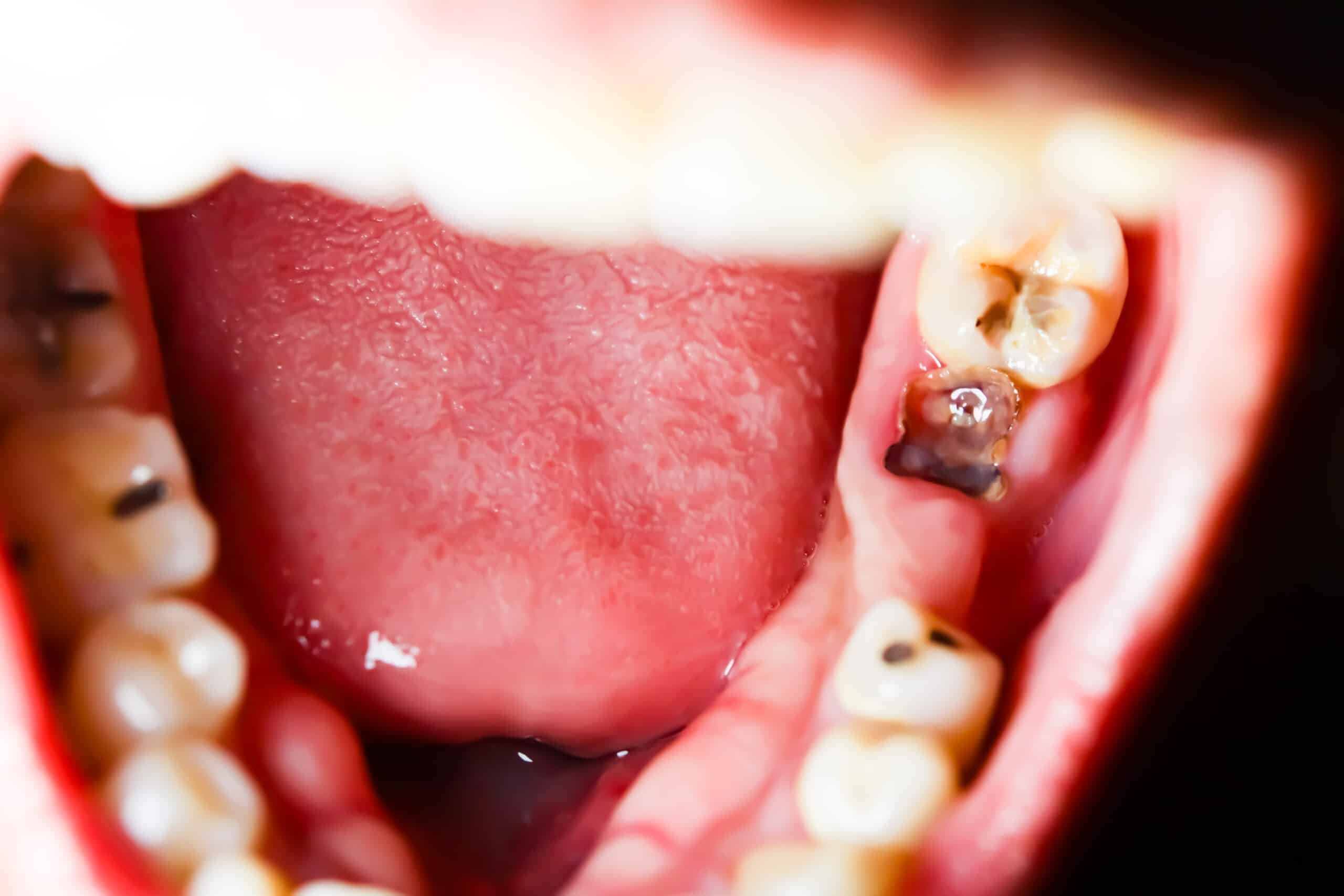
Tooth decay is a common concern that can lead to tooth loss if left untreated. During a dental cleaning, your dentist will remove any plaque and tartar buildup that can contribute to tooth decay. They may also recommend using fluoride toothpaste or receiving a fluoride treatment to help strengthen tooth enamel and prevent decay. In some cases, your dentist may also recommend dental sealants to help protect teeth from decay.
Overall, regular dental cleanings are an important part of maintaining good oral health and preventing common concerns such as tooth sensitivity, bad breath, and tooth decay. By working with your dentist and practicing good oral hygiene habits at home, you can help keep your teeth and gums healthy for years to come.
Impact of Lifestyle Choices on Oral Health
Maintaining good oral health is not just about brushing and flossing regularly. Your lifestyle choices can have a significant impact on your oral health. Here are some of the lifestyle factors that can affect your dental health:
Smoking and Tobacco Use
Smoking and using other tobacco products can have a detrimental effect on your oral health. It can cause bad breath, stain your teeth, and increase your risk of gum disease and oral cancer. Smoking can also reduce your sense of smell and taste, making it harder to detect oral health issues. If you smoke or use tobacco products, quitting can significantly improve your oral health.
Diet and Nutrition
Your diet and nutrition can also have an impact on your oral health. Consuming too much sugar and carbohydrates can increase your risk of tooth decay and gum disease. Eating a balanced diet that is rich in vitamins and minerals can help keep your teeth and gums healthy.
Diabetes
Diabetes can also affect your oral health. High blood sugar levels can increase your risk of gum disease and other oral health problems. If you have diabetes, it is essential to manage your blood sugar levels and maintain good oral hygiene to prevent oral health issues.
In conclusion, your lifestyle choices can have a significant impact on your oral health. By making healthy choices, such as quitting smoking, eating a balanced diet, and managing diabetes, you can improve your oral health and prevent oral health problems.
The Role of Teeth Whitening
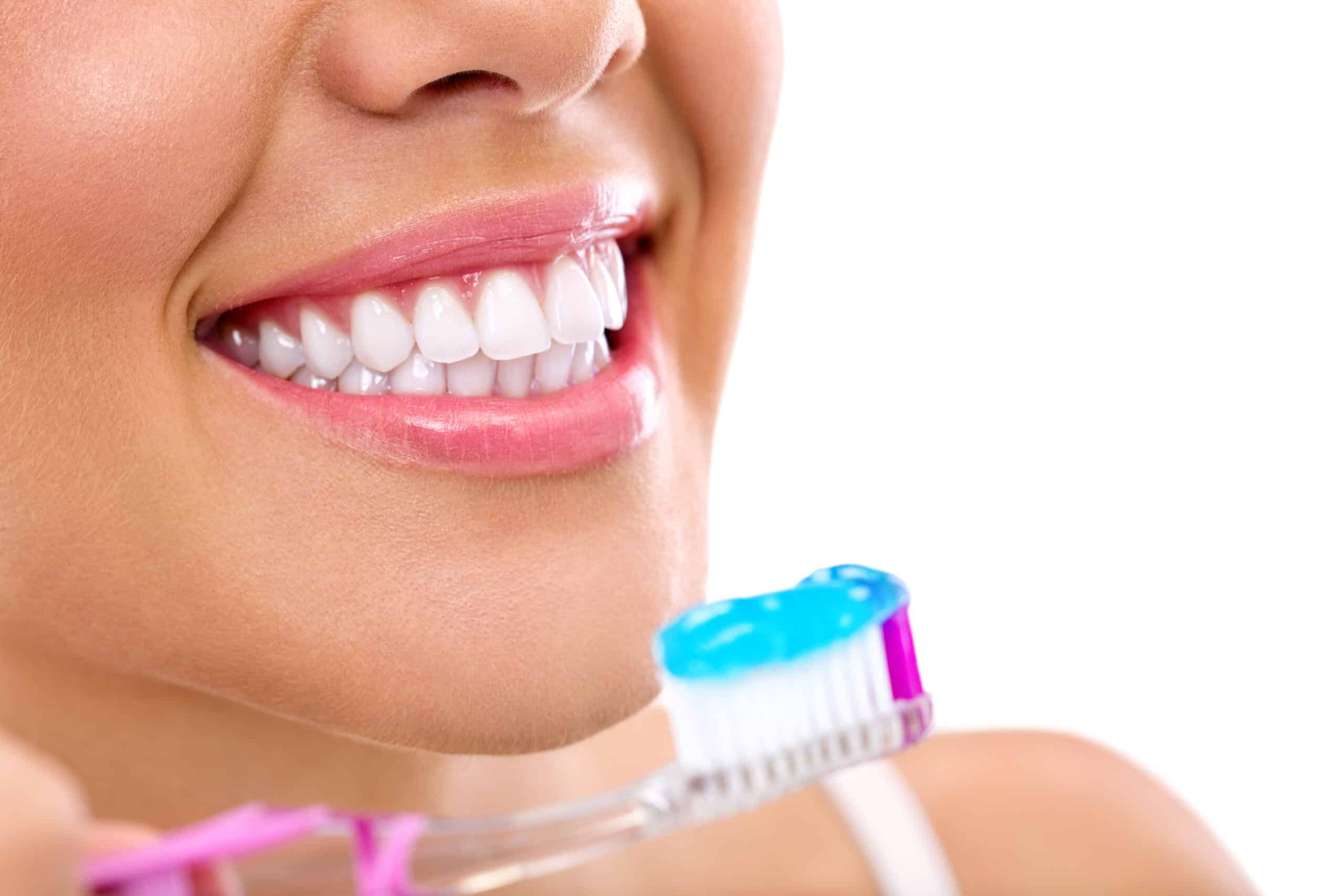
Teeth whitening is a popular cosmetic dental procedure that can improve the appearance of teeth by removing stains and discoloration. While it is not necessary for oral health, many people choose to have their teeth whitened to enhance their smile and boost their confidence.
There are several methods for teeth whitening, including in-office treatments and at-home kits. In-office treatments are typically more effective and can produce results in just one visit. These treatments use stronger bleaching agents and are closely monitored by a dental professional.
At-home kits are less expensive but may take longer to produce results. These kits typically use lower concentrations of bleaching agents and require daily use over several weeks.
It’s important to note that teeth whitening is not a permanent solution and may need to be repeated periodically to maintain results. Additionally, not all stains can be removed with teeth whitening. Intrinsic stains, which are caused by trauma or certain medications, may require alternative treatments such as veneers or bonding.
Overall, teeth whitening can be a safe and effective way to enhance the appearance of your smile. However, it’s important to discuss the risks and benefits with your dentist before undergoing any cosmetic dental procedure.
Visiting the Dentist
Visiting a dentist is an essential part of maintaining good oral health. Regular dental checkups can help prevent dental problems such as cavities, gum disease, and oral cancer. Dentists are trained professionals who can detect early signs of dental problems and provide necessary treatment.
When you visit a dentist’s office, you will usually be greeted by a receptionist who will ask you to fill out some paperwork and provide your medical history. It is important to provide accurate information about your medical history, as this can affect your dental health.
During a dental checkup, the dentist will examine your teeth, gums, and mouth for any signs of dental problems. They may also take X-rays to check for cavities or other issues that may not be visible to the naked eye.
If the dentist detects any dental problems, they will discuss treatment options with you. This may include filling cavities, treating gum disease, or other procedures. It is important to follow the dentist’s recommendations to prevent further dental problems.
Some people may be at higher risk for dental problems, such as those with a history of cavities or gum disease. If you are at higher risk, your dentist may recommend more frequent dental checkups to prevent dental problems from developing.
Overall, visiting a dentist is an important part of maintaining good oral health. Regular dental checkups can help prevent dental problems and ensure that any problems are detected early and treated promptly.

